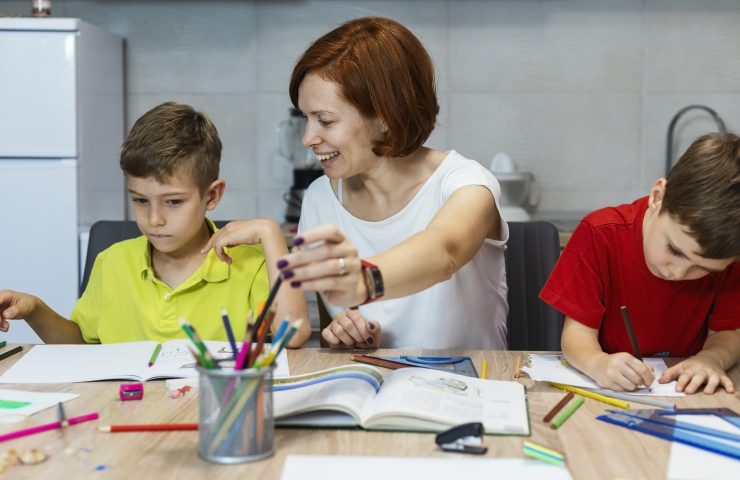What are CVC Words in…
March 15, 2022

In India, homeschooling is still a relatively new notion. While Western nations have already made it popular, we are weighing the benefits and drawbacks of homeschooling. People want to learn more about homeschooling but can’t locate the correct materials to do so. Parents see the shortcomings in today’s educational system, which is both defective and expensive. Traditional educational systems have become mostly obsolete, thus parents are looking for alternatives. Even in major cities, online education is still a distant dream in India. And it’s simply a minor component of homeschooling modules.
Homeschooling does not always resemble a traditional educational setting. It might be really perplexing for someone who is considering their alternatives without any resources. Looking for advice on the internet gets even more perplexing due to the numerous foreign terminology used by these websites. This might be upsetting for someone who is already dissatisfied with the educational system.
So, what constitutes a good homeschool? Do they have a set curriculum? Today, we’ll try to answer some of these core homeschooling questions.
Charlotte Mason was an outstanding educator in the early 1900s. Her homeschooling style incorporates reading and living books. It stresses what the kid has learnt from her environment and encourages her to recount all of her lessons memories. There are no standard worksheets or textbooks in this arrangement. What intrigues me about this is the authority it bestows to the youngster. The student is encouraged to learn from her daily experiences. It may be during a visit to the local museum or while bargaining at the daily market. It enables the youngster to choose subjects from both traditional and online education systems. It offers outdoor studies, sports, and crafts in addition to academic classes. It offers outdoor studies, sports, and crafts in addition to academic classes. The youngster is allowed to select subjects that best suit her talents and preferences. Instead of written assessments, the student can eventually be graded through narrative and dialogues.
The traditional approach is the most prevalent and oldest type of homeschooling. This type of homeschooling includes the standard topics, textbooks, and resources. The learner must examine them and seek clarification from the instructor if they have any doubts. The student must complete exams that will be graded at the conclusion of the session. Fill-in-the-blanks and multiple-choice questions are used in the questions. The main aim behind this strategy is to assist the student in fitting into the regular educational structure.
This homeschooling style focuses on one theme or topic at a time. It then goes on to include all potential school topics in the same. If the theme is Indian history, the content would be all about the specifics. It would be mathematical to calculate the height of Indian monuments. Geography would entail learning about all of the major states and rivers in the Indian subcontinent. Chemistry would be the chemical makeup of Indian marbles and other valuable stones. This will also feature the finest masterpieces of Indian literature. This kind of homeschooling may be done anywhere and even while the youngster is on the go. It is one of the several benefits of online education.
This homeschooling technique is entirely driven by the child’s curiosity or set of interests. Instead of following a rigid curriculum, the youngster might study subjects that interest her. One day it may be butterflies and the next day it could be canine teeth. Unschooling differs from deschooling, which occurs when a youngster adjusts to life after leaving the formal schooling system. Unschooling is a very active approach of learning, not a passive one. It is motivated by the child’s curiosity, personality, and interests. The objective is to provide the child a world full of possibilities and to encourage them to study without limitations.
This is the oldest and most widely used type of homeschooling, dating back to mediaeval times. This is a method of learning and teaching that is based on a three-part brain-training process known as Trivium. The purpose of this exercise is to teach the youngster to think for herself. The kid use the trivium technique and progresses through three major phases of learning.
The first level is concrete learning, also known as grammar, followed by critical learning, sometimes known as logic, and finally by abstract learning, also known as rhetoric. This entire approach is based on literature and language acquisition.